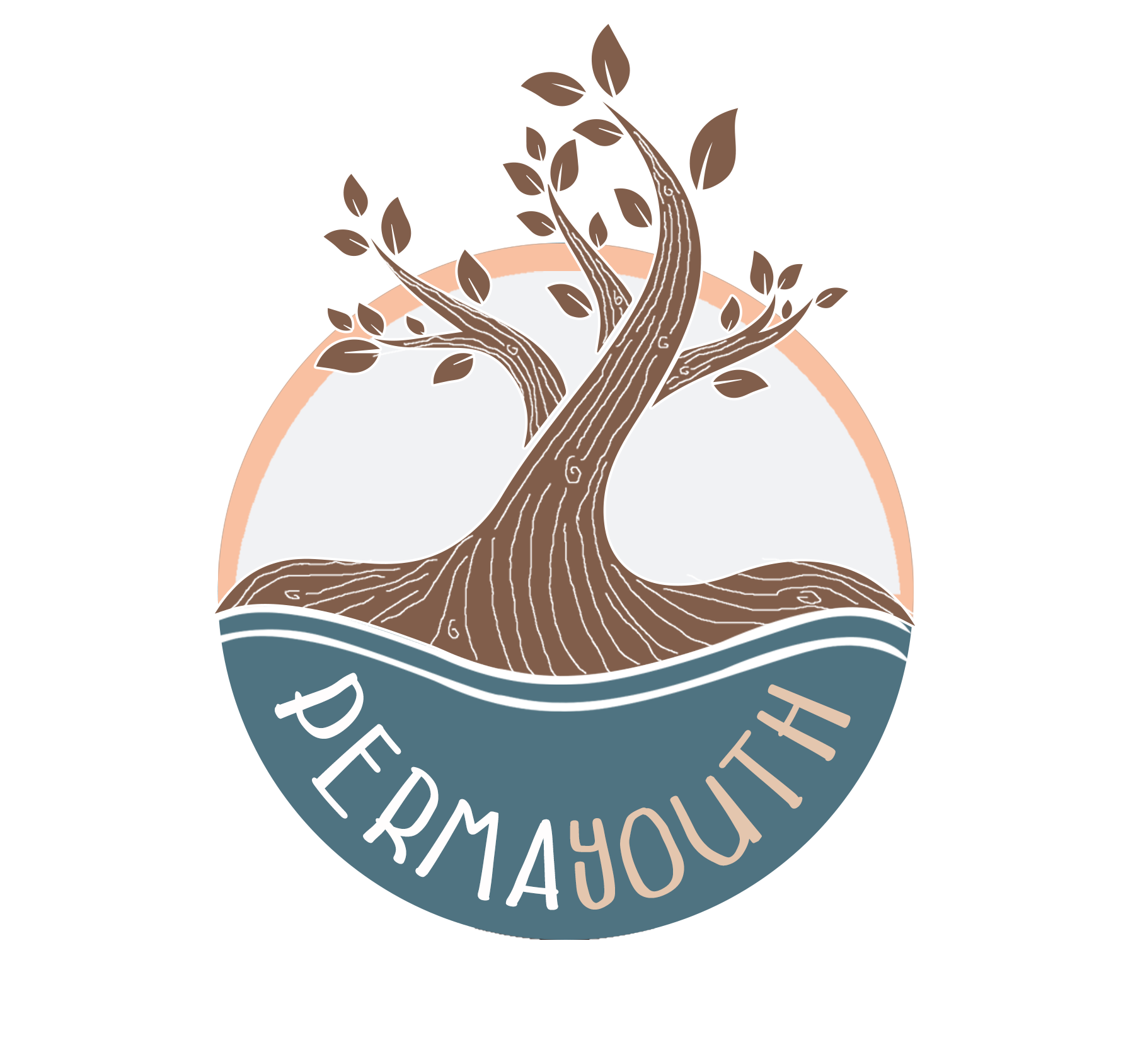📖 Introduction to the Lesson
Welcome to Chapter 5! 🌱 In this lesson, we’re exploring the hidden world beneath our feet—Soil, the true foundation of life. Soil is more than just dirt; it’s a living ecosystem full of tiny creatures, essential nutrients, and complex processes that keep our planet healthy.
But soil is also in danger. From erosion and pollution to loss of organic matter, our soils are facing serious threats. In this lesson, we’ll learn why soil is so important, how it works, and what we can do to protect and restore it.
🌱 What is Soil? A Living World Beneath Our Feet
Soil is a complex, living ecosystem. It’s made of three main layers:
- Topsoil: The uppermost layer, rich in organic matter. This is where most plant roots grow.
- Subsoil: The layer below, containing minerals and clay but less organic material.
- Bedrock: The solid rock layer beneath all other layers.
But the magic of soil isn’t just in its layers—it’s in the life it supports. Healthy soil is teeming with microorganisms: bacteria, fungi, worms, and insects, all working together in a balanced ecosystem. One of the most important players is mycorrhizal fungi, which form networks around plant roots. These fungi help plants absorb water and nutrients, and in exchange, the plants provide them with sugars produced through photosynthesis. It’s a perfect example of nature’s teamwork.
🌍 Soil Problems: Erosion, Contamination, and Loss
Soil faces many threats, including:
- 🌪️ Erosion: Wind and water can wash away topsoil, the most fertile layer. This is happening on a massive scale in places like southern Spain, where poor agricultural practices have left the land barren.
- 💧 Contamination: Pesticides, industrial waste, and plastic pollution can poison soil, killing the organisms that keep it healthy.
- 🌫️ Loss of Organic Matter: Overfarming, deforestation, and poor land management deplete soil of nutrients and life.
If we lose our soil, we lose our food, our water supply, and our ability to fight climate change.
🌿 The Power of Regeneration: Restoring Soil Health
Thankfully, there are powerful ways to regenerate soil:
- 🌱 Composting: Transform organic waste into rich, fertile compost. In cities like Rotterdam, community composting hubs are turning food scraps into valuable soil.
- 🌾 No-Till Gardening: Avoid plowing or turning the soil. This protects soil structure, keeps life in the ground, and prevents erosion.
- 🍂 Mulching: Cover the soil with organic materials like straw or wood chips. This keeps soil moist, prevents erosion, and enriches it over time.
- 🌳 Agroforestry and Native Planting: Like in the AlVelAl project in Spain, mixing trees with crops protects soil and increases biodiversity.
🌊 The Importance of Soil Microorganisms
Healthy soil is a bustling city of life. Microscopic organisms like bacteria, fungi, and worms constantly work together to:
- 🪱 Break down organic matter, releasing nutrients for plants.
- 🌱 Form networks (like mycorrhizae) that help plants absorb water and nutrients.
- 🌬️ Improve soil structure, making it more resistant to erosion.
In Austria, Winery Buchmayer treats soil as a living organism, using compost and cover crops to feed soil microbes, producing world-class wines. Their approach shows that taking care of the soil is key to healthy, productive plants.
✨ Activity: Create Your Own Compost System
Let’s get practical! 🌱 Start a small compost system at home:
- Choose a container (a bin, bucket, or even a hole in the ground).
- Add a mix of “green” waste (vegetable scraps, fruit peels) and “brown” waste (dry leaves, cardboard).
- Turn the pile occasionally to speed up decomposition.
- After a few weeks, you’ll have nutrient-rich compost ready for your plants.
Share your progress with #PermaYouthSoil and inspire others to do the same!
📚 Further Reading & Resources
- Winery Buchmayer – Living Soil
- AlVelAl Regenerative Farming Initiative
- Community Composting in Rotterdam – Beyond Food Waste
- Understanding Mycorrhizae – Soil Science Society
✅ Conclusion
Soil is more than just dirt—it’s a living, breathing ecosystem that supports all life on land. By protecting and regenerating our soils, we protect our future. In the next chapter, we’ll explore another essential element of sustainable design. Stay curious, stay green, and let’s keep growing together!
🌱 Ready for the next chapter? Go back to the course overview and continue your learning journey!
